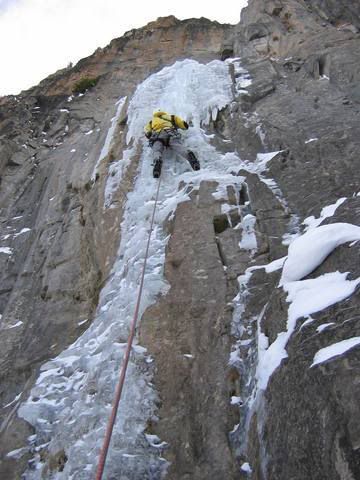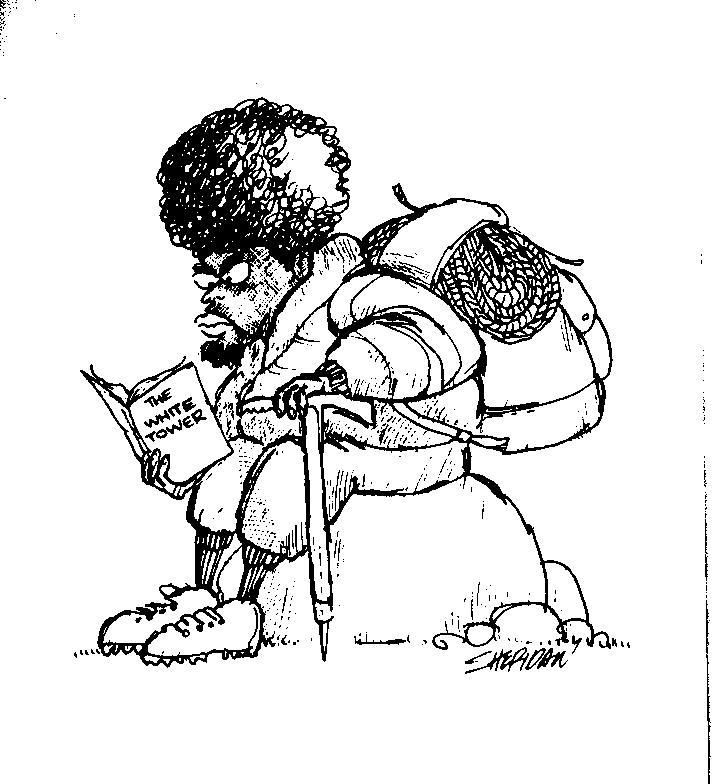I tried to search this subject. I thought it had been done up here to an extent.
OK, they're working on reproducing Malloy's Everest attire. They found his body, right? They've also analyzed the performance of his apparel...and found it superior to today's outfits. I recall this was largely due to it being custom tailored.
I've often wanted to do outdoor activities in a traditional wool blazer. But the arms bind. I gather that gussets are the key. This doesn't seem like a big mystery---but they were also key to the Mallory jacket.
Are gussets for free-motion hard to find in wool blazers? I haven't found any in my thrifting---but should I be hopeful?
I note that the Duluth Trading Company catalog offers quite a few "working man's sportcoats"---and dress shirts---which are gusseted. And wool. And traditional yet snappy. But I'll still try to go vintage here, if I can.
Any likely tips for the bargain gusset hunter? ---Maybe they really are scarce and I should just find a sale on the Duluth stuff. (I got a GREAT canvas/leather shoulderbag from them online for $55. I never saw it in their print catalog and now other bags are $110 and up. So they do have sales and unusual items online.)
OK, they're working on reproducing Malloy's Everest attire. They found his body, right? They've also analyzed the performance of his apparel...and found it superior to today's outfits. I recall this was largely due to it being custom tailored.
I've often wanted to do outdoor activities in a traditional wool blazer. But the arms bind. I gather that gussets are the key. This doesn't seem like a big mystery---but they were also key to the Mallory jacket.
Are gussets for free-motion hard to find in wool blazers? I haven't found any in my thrifting---but should I be hopeful?
I note that the Duluth Trading Company catalog offers quite a few "working man's sportcoats"---and dress shirts---which are gusseted. And wool. And traditional yet snappy. But I'll still try to go vintage here, if I can.
Any likely tips for the bargain gusset hunter? ---Maybe they really are scarce and I should just find a sale on the Duluth stuff. (I got a GREAT canvas/leather shoulderbag from them online for $55. I never saw it in their print catalog and now other bags are $110 and up. So they do have sales and unusual items online.)






